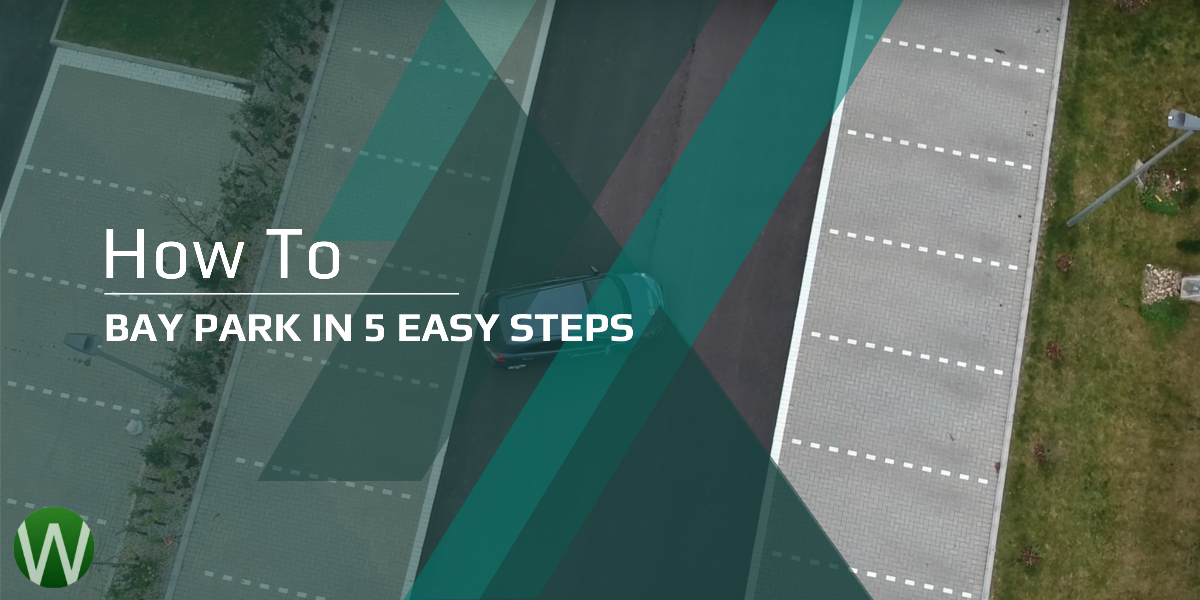The UK driving test includes observing your ability to reverse safely.
To test that skill, reverse parking into a bay is one of four different manoeuvres that the examiner can choose to give you.
Being able to reverse park into a marked bay is a valuable driving skill anyway. It is one you may well use when you visit a supermarket, multi-storey or business premises.
Like all forms of reversing, there is a knack to it, to ensure you have the confidence and precision needed – especially at night.
However, some people find it easier to reverse into a bay than going in forwards. It is certainly a lot easier and safer than reversing out into traffic or pedestrians at the end of your stay.
The examiner will be looking at the accuracy with which you reverse into the bay, the control you display throughout and the observations you make to check around the space.
Bay parking can be broken down into five steps:
1. Choosing your space
Choose a space with plenty of clearance either side, remembering that once parked up, you will need to open your car doors.
Also ensure the aisle is clear, so you can swing your vehicle round unimpeded.
Once you have selected your space, go past it and stop two car spaces away, central to the aisle space. Your vehicle should be at a right angle to the bay, with your boot nearest to it. (Use the handbrake if there is a slope)
2. Observation
As with other safe driving manoeuvres, when parking in a bay you must ensure that your field of vision is good, and you must be aware of other cars and pedestrians throughout.
Drive at a steady, slow speed, to give yourself and others time take action as required, including stopping safely.
3. Positioning
When you’re sure you have clear space and sufficient time, put your car into reverse.
Start moving backwards until the first line of your chosen parking bay is aligned with the top of your back seat, by observing it through your left rear passenger door window.
Different cars offer you a different choice of reference point, so when you practise, establish what works best for you.
4. Swinging round into the space
Check around again, and then turn your steering wheel to full lock in whatever direction will take your reverse movement into the bay. Remember, the car pace should be slow, though the steering required will need to be quick and decisive.
Your back windscreen and wing mirrors can help you maintain your positioning.
5. Straighten up
As the back of the car starts to travel between the bay markings, straighten your wheel as appropriate, to keep your slow momentum going directly into the bay.
As soon as you are aligned with the other parked cars, or the bay lines you can see in your windows and mirrors, you can stop and apply your handbrake.
Different angles and dimensions
The same principles apply whether you reverse into a space from the right or left side of it.
If you are carrying out bay parking where the aisles are particularly wide, you could take advantage of this by starting to reverse from a spot at more of a curved angle to the space, rather than at a right angle.
A good driving school will give you plenty of practical experience to ensure that you can rehearse the manoeuvre ready for your test.




